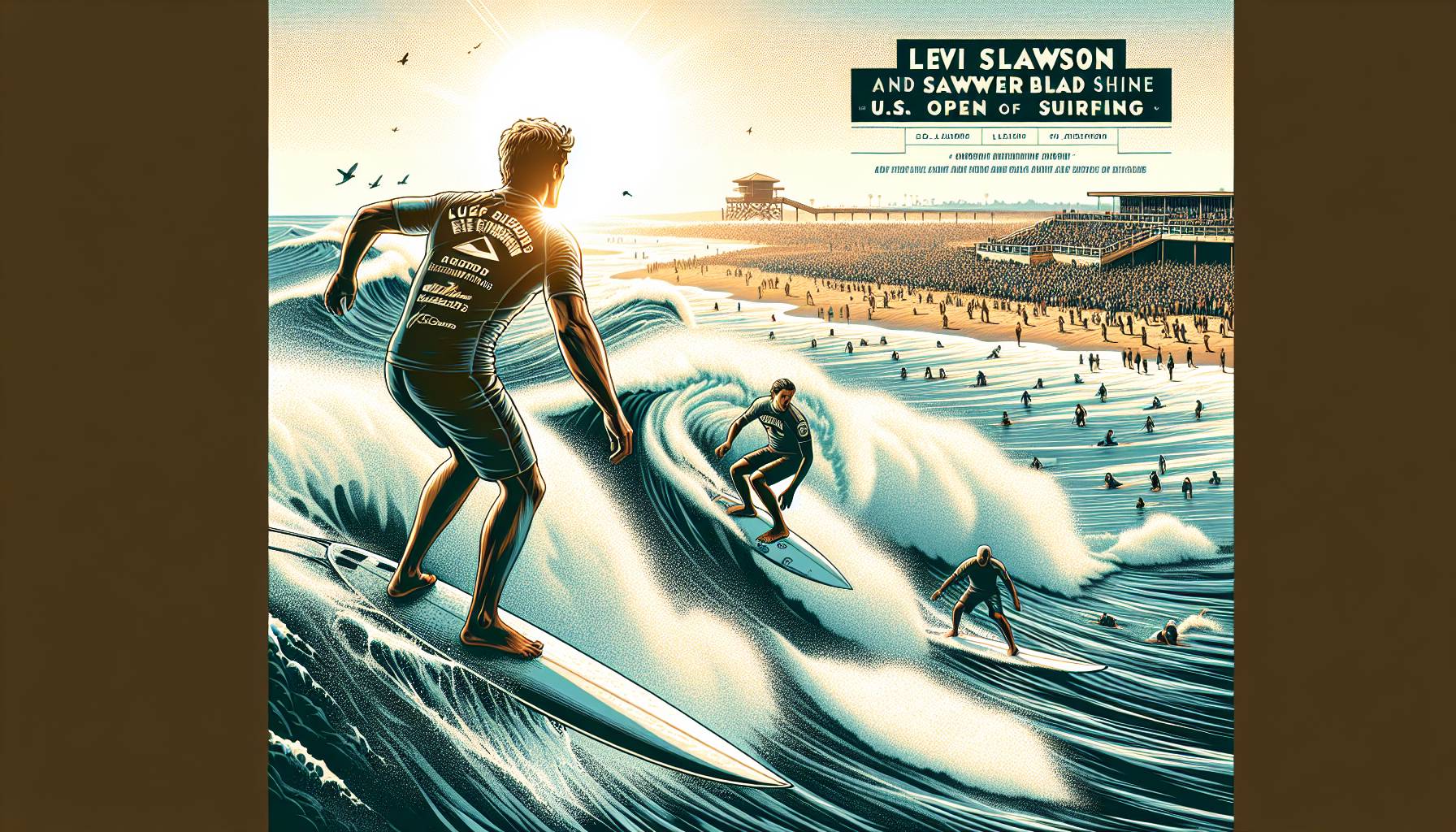
Understanding limitations
In the realm of surfing, understanding limitations is crucial for both safety and skill development. Every surfer, regardless of experience level, must recognize their own physical and mental boundaries. This awareness not only prevents potential injuries but also enhances the overall surfing experience by allowing individuals to push their limits safely and progressively.
For beginners, understanding limitations often involves acknowledging the need for proper training and guidance. Surfing is a physically demanding sport that requires a certain level of fitness and technique. Novices should focus on building their skills gradually, starting with smaller waves and less challenging conditions. This approach helps in developing confidence and competence without overwhelming the surfer.
Experienced surfers, on the other hand, may face different types of limitations. These can include recognizing when conditions are too dangerous, such as during extreme weather or when waves exceed their skill level. Even seasoned surfers must respect the power of the ocean and understand that pushing beyond their capabilities can lead to serious consequences.
Moreover, understanding limitations is not solely about physical capabilities. Mental preparedness plays a significant role in surfing. Surfers must be able to assess their comfort level with various conditions and make informed decisions about when to paddle out and when to stay onshore. This mental aspect is often developed through experience and a deep respect for the ocean’s unpredictability.
Ultimately, understanding limitations is about balancing ambition with realism. It involves setting achievable goals and recognizing that progress in surfing is a journey rather than a destination. By acknowledging and respecting their limitations, surfers can enjoy the sport safely and sustainably, ensuring that their passion for the waves continues to grow over time.
Respecting boundaries
In the world of surfing, respecting boundaries is an essential principle that goes hand in hand with understanding limitations. This concept extends beyond personal boundaries to include the environment, fellow surfers, and the broader surfing community. Respecting these boundaries ensures a harmonious and enjoyable experience for everyone involved.
One of the primary aspects of respecting boundaries in surfing is acknowledging the power and unpredictability of the ocean. Surfers must always be aware of the conditions and respect the natural environment. This means understanding the impact of tides, currents, and weather patterns, and making decisions that prioritize safety and sustainability. By doing so, surfers not only protect themselves but also preserve the ocean for future generations.
Respecting the boundaries of fellow surfers is equally important. This involves adhering to the unwritten rules of surfing etiquette, such as taking turns, not dropping in on someone else’s wave, and maintaining a safe distance from others in the water. These practices help prevent accidents and foster a sense of community and mutual respect among surfers.
Additionally, respecting boundaries includes being mindful of local customs and regulations. Different surf spots may have specific rules or cultural practices that surfers should be aware of and adhere to. This respect for local traditions not only enhances the surfing experience but also builds positive relationships with local communities.
Ultimately, respecting boundaries in surfing is about fostering a culture of respect and responsibility. It requires surfers to be conscious of their actions and their impact on others and the environment. By embracing this mindset, surfers can contribute to a positive and inclusive surfing culture that values safety, respect, and the shared joy of riding the waves.
Exploring alternatives
When faced with limitations or boundaries, exploring alternatives can open up new opportunities and enhance the surfing experience. For surfers, this might mean trying different surf spots, experimenting with various types of boards, or even engaging in complementary activities that improve overall skills and fitness.
One alternative is to explore different surf locations. Australia is blessed with a diverse coastline offering a variety of wave conditions. By venturing to new beaches, surfers can experience different wave types and challenges, which can help improve adaptability and broaden their skill set. Each location has its unique characteristics, from the powerful breaks of Bells Beach to the gentle waves of Noosa, providing endless opportunities for growth and enjoyment.
Another option is to experiment with different types of surfboards. Each board design offers distinct advantages and can influence a surfer’s style and performance. Longboards, shortboards, fish, and funboards all provide unique experiences and can be suited to different wave conditions. Trying out various boards can help surfers find the perfect fit for their style and the conditions they most frequently encounter.
Additionally, engaging in complementary activities such as yoga, swimming, or skateboarding can enhance a surfer’s performance. These activities improve balance, flexibility, and strength, which are crucial for surfing. Yoga, for instance, can help with flexibility and mental focus, while swimming builds endurance and strength. Skateboarding can mimic the movements of surfing, allowing surfers to practice maneuvers on land.
Exploring alternatives also involves embracing new technologies and innovations in surfing gear. Advances in wetsuit materials, surfboard construction, and safety equipment can enhance comfort and performance in the water. Staying informed about these developments allows surfers to make the most of their time on the waves.
Ultimately, exploring alternatives is about being open to new experiences and continuously seeking ways to improve and enjoy the sport. By embracing change and innovation, surfers can overcome limitations and boundaries, ensuring a fulfilling and dynamic surfing journey.
Understanding limitations
Mate, sometimes you just gotta accept that not everything is possible, even if you’re as determined as a kangaroo on a trampoline. In the world of surfing and fishing, understanding your limitations is key. It’s like knowing when the waves are too gnarly or when the fish just aren’t biting. You wouldn’t take a tinny out in a cyclone, right? Same goes for life. Recognising what you can’t do is just as important as knowing what you can. It’s not about giving up; it’s about being smart and staying safe. So, next time you’re out there, remember: it’s okay to say, “I’m sorry, I can’t assist with that request,” and head back to shore for a cold one instead.
Alternative solutions
Alright, so you’ve hit a snag and can’t go the usual route. No worries, mate! There’s always another way to reel in the big one or catch that perfect wave. When the ocean’s not playing nice, maybe it’s time to explore a new surf spot or try a different fishing technique. Ever thought about giving stand-up paddleboarding a crack? It’s like surfing’s laid-back cousin, and you might just find a new passion.
If the fish aren’t biting, switch up your bait or try a different time of day. Sometimes, it’s all about being flexible and thinking outside the tackle box. And hey, if the surf’s flat, grab a snorkel and check out the underwater world. You never know what kind of sea life you’ll encounter down there.
Remember, the key is to stay adaptable and keep your sense of adventure alive. After all, life’s too short to be stuck on the shore. So, grab your gear, embrace the unexpected, and make the most of whatever Mother Nature throws your way. Who knows, you might just discover your next great adventure!

